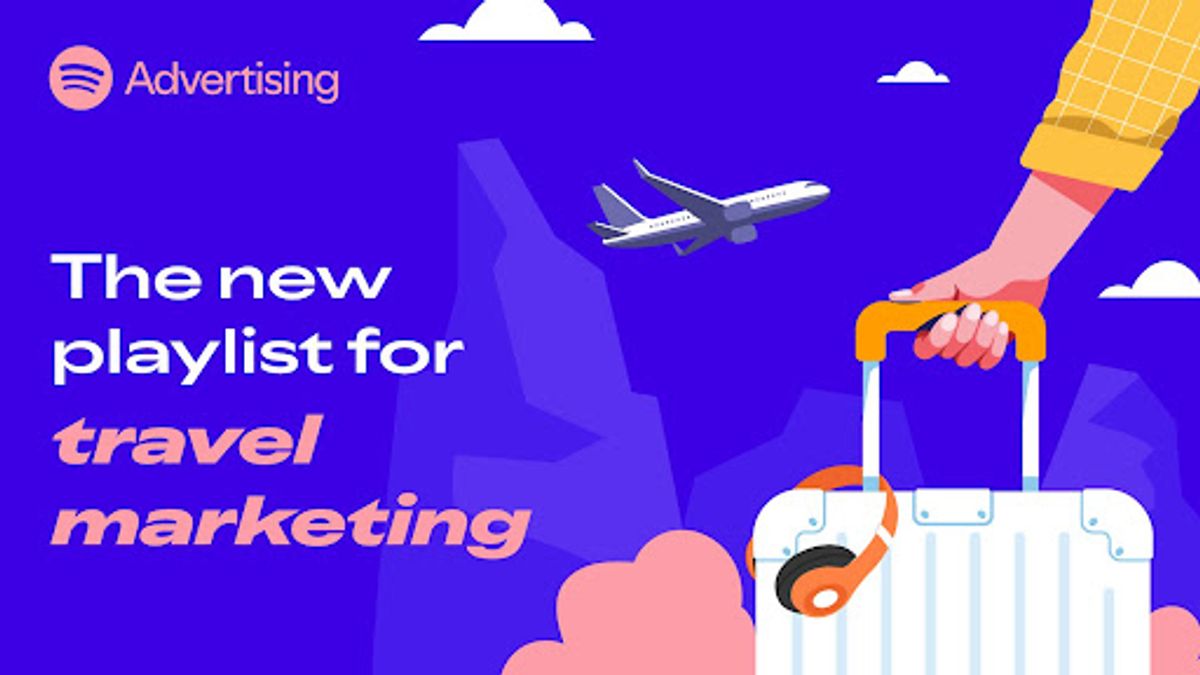Travel Trends: Exploring the Future of Travel Marketing
Travel has evolved significantly over the past decade. Previously, planning a trip involved dedicated research time—scouring through travel guides, reading blogs, or even consulting a travel agent. Nowadays, the next adventure might emerge during daily routines, such as commuting, cooking, or relaxing at night.
The process of discovering travel inspiration is no longer straightforward. It is continuous, organic, and highly personal. A song on Spotify might trigger memories of a trip to Rajasthan, sparking ideas for another journey. Or a podcast on Bangkok street food might transform a fleeting interest into firm travel arrangements. These sparks of inspiration often occur when individuals are not actively planning their travels.
Modern travel companies are finding creative methods to engage with their audiences during these spontaneous moments, establishing connections that feel genuine rather than forced. These are the new principles that recognise the substantial evolution within the travel sector.
Understanding the Modern Traveller’s Mindset
When someone types “best places to visit in June 2025” into Google, they have likely been influenced by weeks or months of subtle online inspiration. Travel brands need to reach these potential travellers early, when they are fully engaged with content that nurtures a sense of discovery.
One of Asia’s prominent online travel platforms adopted this approach with a Spotify audio campaign. By sponsoring Safar Mix, a well-loved travel playlist in India, and using Audio Everywhere ads, they successfully engaged listeners on various devices. The campaign achieved an impressive clickthrough rate of 0.45%, alongside a 27-point increase in ad recall and a 21-point boost in message association. Clearly, connecting with travellers during their inspiration phase reaps significant rewards.
Moving Beyond Basic Demographic Targeting
Targeting travellers according to demographic factors like age and income is a logical strategy for marketers. However, relying solely on this approach limits understanding of the reasons behind people’s travel decisions.
The Economic Times and EY have recently released a study on the Great Indian Traveller, which highlights trends and preferences for 2025. Findings indicate that Indian travellers prefer investing in experiences over material possessions, aiming to create “soul-enriching travel memories.” Whether it’s romance, adventure, cultural immersion, or relaxation, modern travellers select destinations and activities that cater to their emotional desires.
Successful brands recognise that these emotional contexts form a more meaningful connection than demographic data alone. Spotify’s ability to analyse audience listening habits makes it possible to harness this data. According to GWI’s Travel Trends 2024 report, 50% of users on the platform identify as adventurers, 68% enjoy road trips, and 62% love holidays at beach resorts. Such emotional insights offer enhanced targeting options for brands.
Creating Emotional Connections Through Unique Campaigns
A notable hotel chain targeted couples planning significant events like weddings and honeymoons by crafting a musical homage to romance with three original tracks. This strategy bypassed typical promotions of locations or loyalty points.
The campaign engaged 6.2 million unique listeners on Spotify through personalised audio and video advertisements, achieving a clickthrough rate of 0.53%. A subsequent brand lift study demonstrated an 8-point increase in unaided brand awareness, illustrating that fostering emotional connections leaves lasting impressions in consumers’ minds.
Utilising Sound for Distinction in the Travel Sector
In a saturated market filled with clichéd visuals—such as infinity pools and stunning sunsets—the chance to differentiate has never been as significant. Sound has a unique ability to connect, bypassing visual barriers and tapping into memory and emotions more effectively than images alone. Sonic branding emerges as an essential strategy for travel companies.
Air India seized this opportunity by launching India Takes Flight, their flagship brand track featuring Grammy-winning artists and renowned musicians. The brand collaborated with Spotify to introduce the track to those with a passion for travel and exploration. In the first 24 hours, they utilised Spotify’s Audio Headliner for a powerful promotional burst, followed by Audio Everywhere and Display ads to keep their message prominent and encourage repeat listens.
The campaign yielded remarkable outcomes: a 38-point increase in ad recall, a 19-point rise in brand anthem awareness, and notably, a 1% clickthrough rate, significantly exceeding Spotify’s benchmarks.
The Importance of Multi-Sensory Experiences in Travel Advertising
The gap between travel experiences and travel marketing has become increasingly evident. Travel is fundamentally multi-sensory—the sounds of ocean waves, the fragrance of street food, the sensation of sand beneath one’s feet. Yet, traditional advertising has primarily engaged sight alone.
Effective advertising should mirror the immersive nature of travel itself, generating stronger emotional responses and fostering deeper connections. When Make My Trip aimed to raise awareness regarding their booking offers, they executed such a strategy.
Incorporating creative sound design featuring birds, waves, and wind, their Spotify ads transported listeners to idyllic locations, igniting a longing for holidays. This was complemented by visual messaging through Spotify’s Display ads. The results were excellent, reaching 4.8 million unique users with a clickthrough rate of 0.31% that surpassed industry benchmarks.
As digital content increasingly influences travel decision-making, the most successful brands will be those recognising that marketing should provide a memorable experience in itself.
With 24 million Spotify users having vacationed within the last 3-6 months and 7 million purchasing flight tickets online during the same timeframe, the streaming service offers a distinct opportunity for brands to connect with highly-engaged travellers in ways traditional advertising cannot.
